Daijiro Hama’s World of the Void
Focusing on the in-between, or the void, the artist's monochrome illustrations play on the viewer's sense of perception.
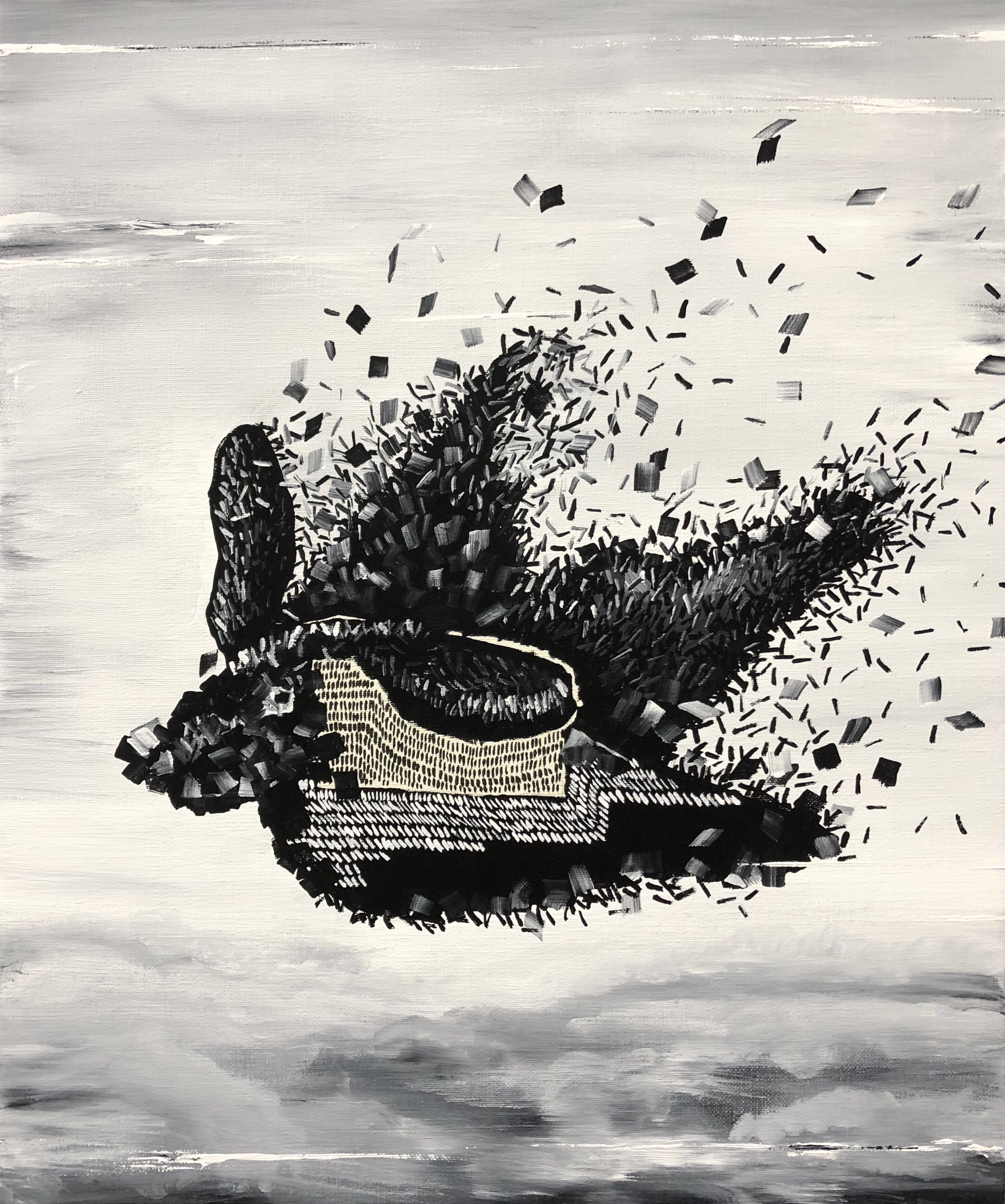
‘Flying Doggie’ (2018) Daijiro Hama @Sato Gallery
From angry, sparse line drawings, to complex textured worlds, Dajiro Hama plays with scale and depth. For his 2014 exhibition mindgames in Kyoto, the artist produced small scale sketches of unrecognisable figures, flanked by large cloth drawings and prints, their fluid material setting the scene for the movement the work contains. ‘Simply stare quietly’ writes Kanae Sugiyama of the exhibition. ‘And then, the soul’s door opens to the depths of oneself, and the dialogue with one’s self begins… It is surely communication that transcends words, a world born from a shared consciousness.’
Born in Izumo, Japan in 1984, artist Daijiro Hama defines his practice as an attempt ‘to describe the world of the void in black and white.’ Now based in Den Haag in the Netherlands, Dajiro Hama has a distinctive monochrome style, which he applies to paintings, drawings, and commercial work.
Scale, depth, and fluidity
Treading the line between illustration and fine art, Daijro Hama’s black-and-white creations always leave space between the markings, ‘in the empty space, the guidance to the infinite world of the unconsciousness begins,’ explains Dajiro Hama in his artist’s statement. ‘Seeing emptiness is “a manifestation in the depths of one’s own existence.” This becomes a phenomenon for us. In other words, it is a way of expressing “profundity.” It is a view of the world in which the opposite poles of black and white are unified and are born,’ he writes. ‘It is expressed by the word “moderation.” It is the world beyond what is reflected as right and wrong, the presence of life and death, the equality of the north and south pole.’
More recently Hama has taken to silkscreen printing, shifting his illustrations onto clothing and cushions. These can be found on Instagram via Zoy.
Daijiro Hama is represented by Tokyoïte Gallery and his works are accessible on his website.
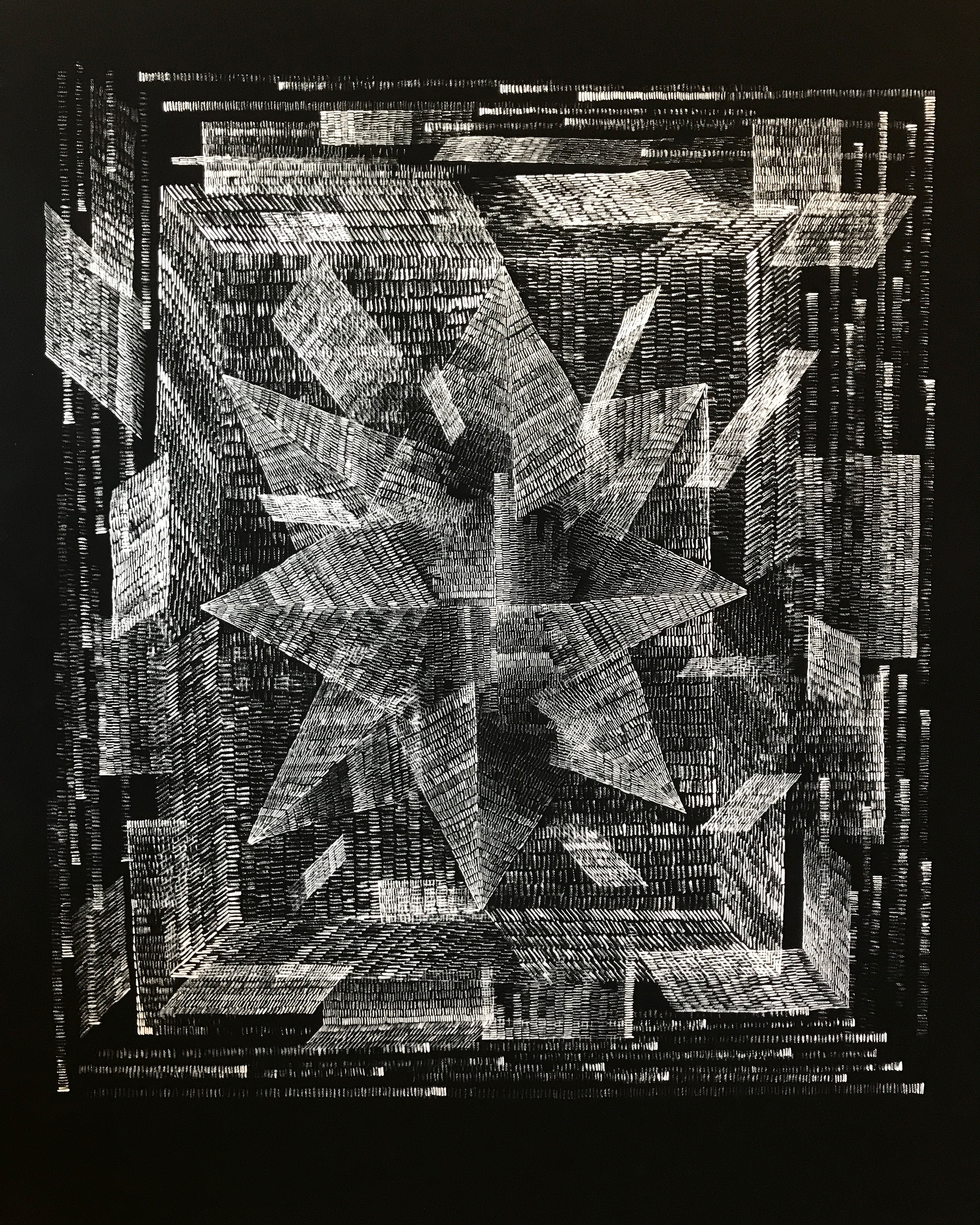
‘Kukan’ (2019) Daijiro Hama @Sato Gallery
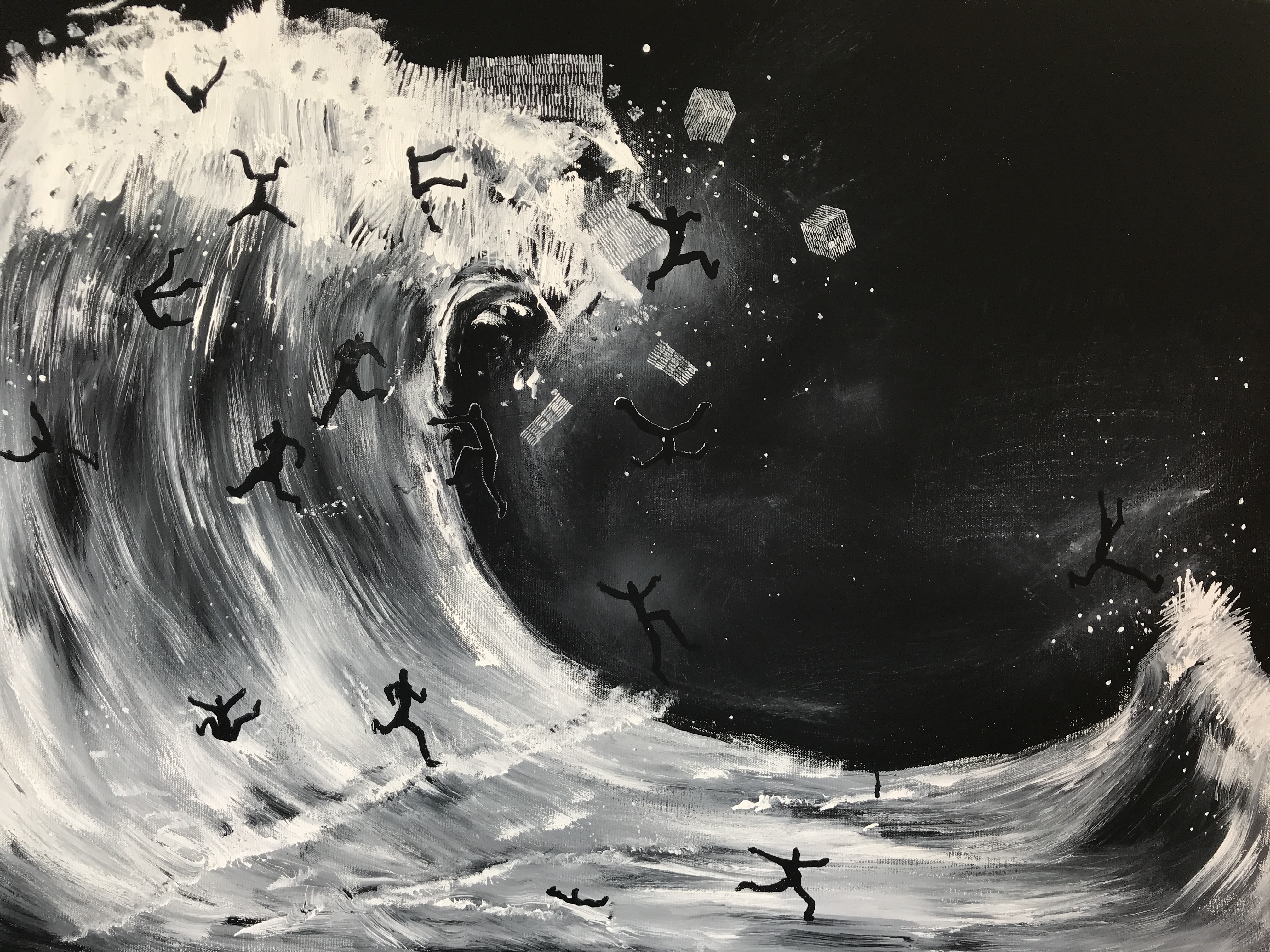
‘Night Ocean’ (2019) Daijiro Hama @Sato Gallery
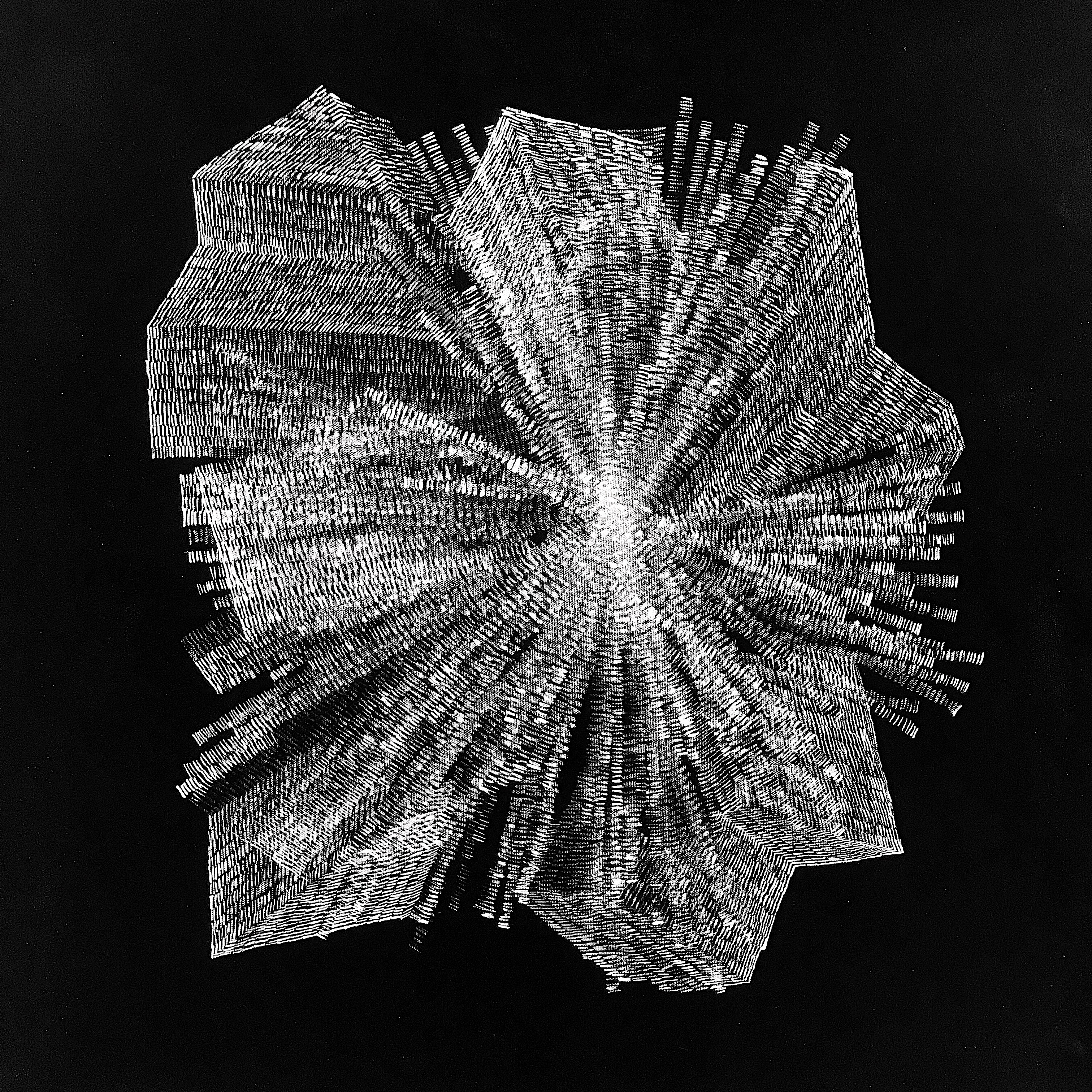
‘Kukan’ (2019) Daijiro Hama @Sato Gallery
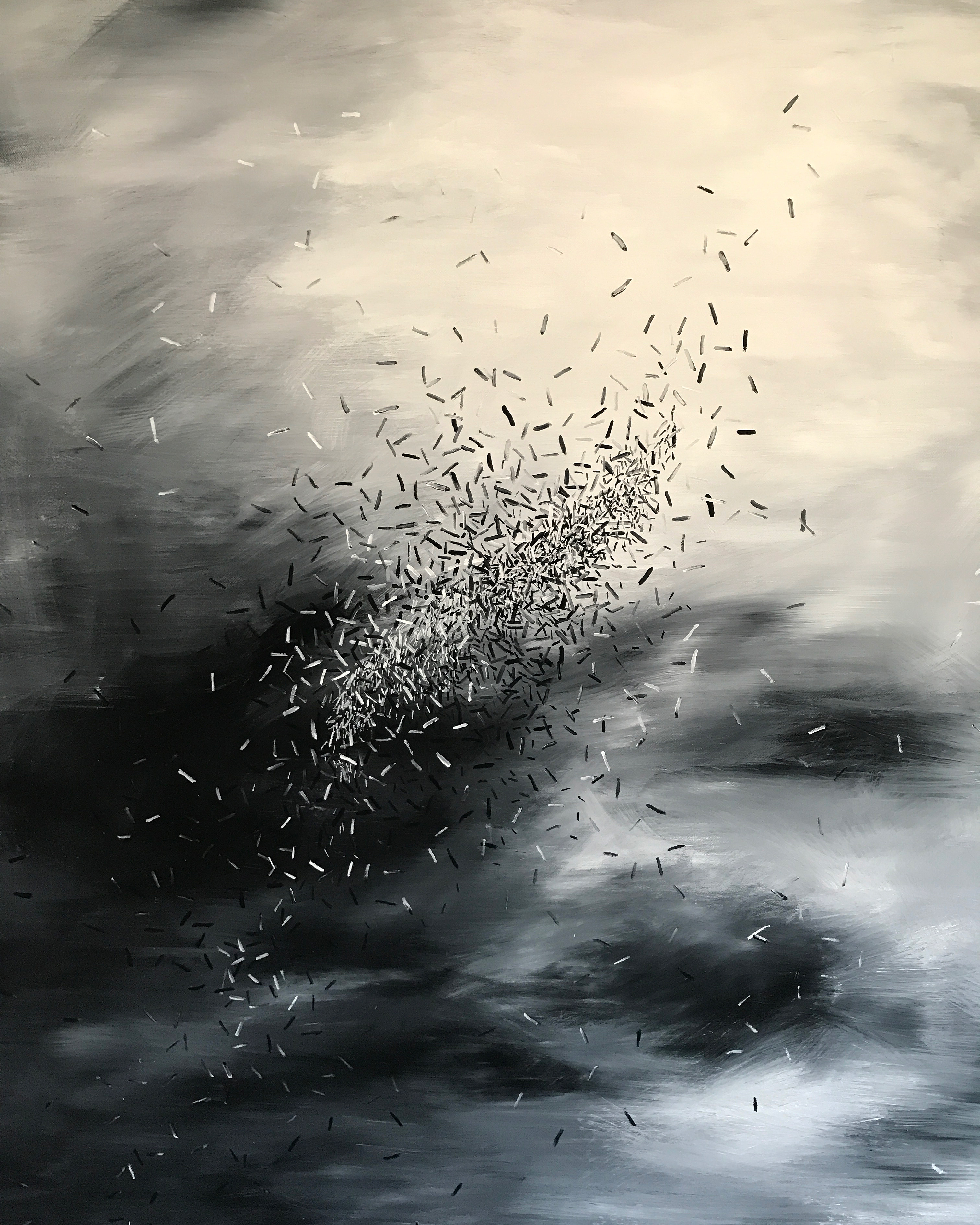
‘Harmony’ (2019) Daijiro Hama @Sato Gallery
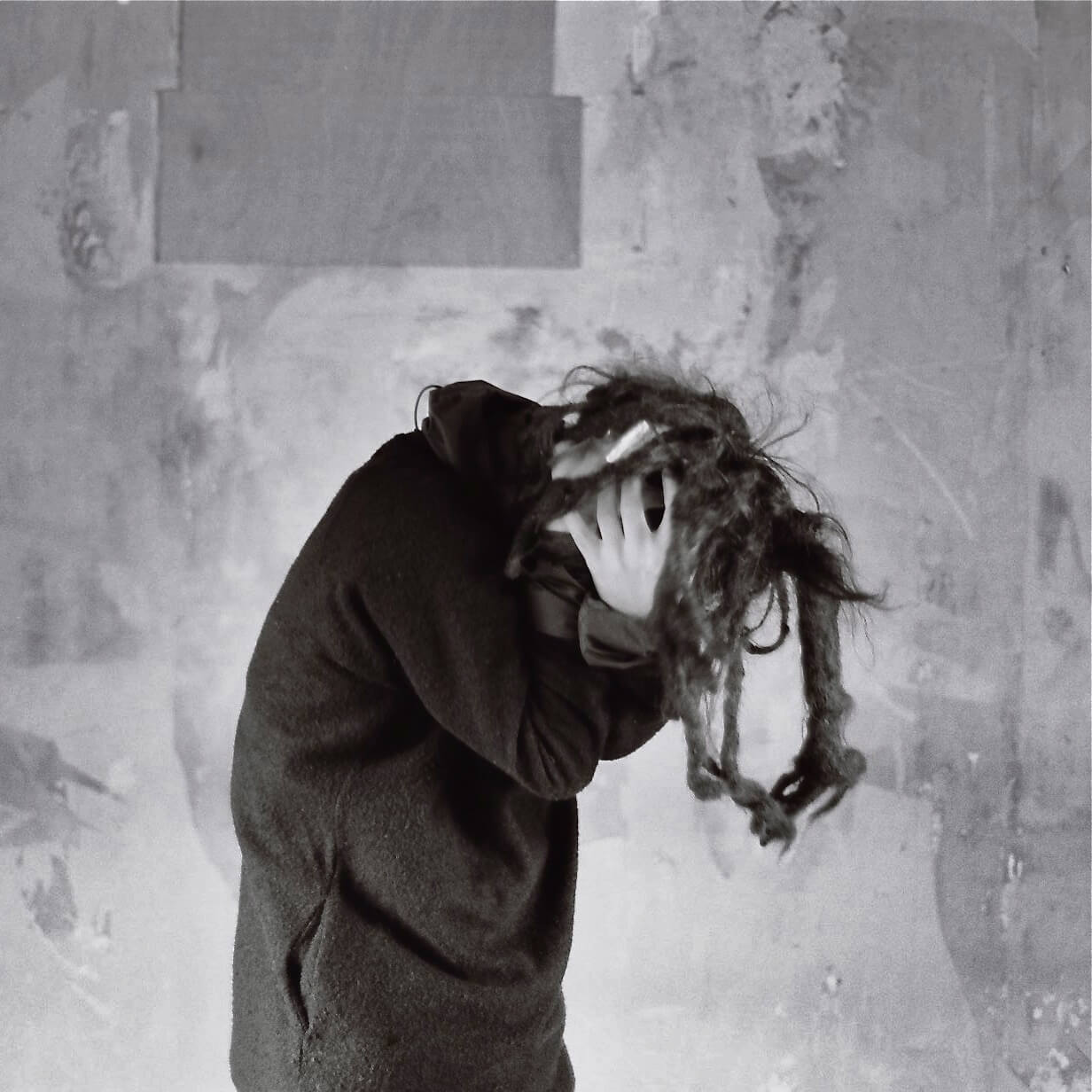
Daijiro Hama @Sato Gallery
TRENDING
-
The Tattoos that Marked the Criminals of the Edo Period
Traditional tattoos were strong signifiers; murderers had head tattoos, while theft might result in an arm tattoo.

-
Paris, Tokyo: Robert Compagnon
With his co-chef and talented wife, Jessica Yang, Robert Compagnon opened one of the top new restaurants in Paris: Le Rigmarole.
 3:31
3:31 -
The Story of Sada Yacco, the Geisha who Bewitched Europe
Described by Dazed magazine as the first beauty influencer, she has been restored to her former glory since 2019.

-
Ito Jakuchu's Naturalist Paintings
From 15 September until 14 October 2018, the Petit Palais showcased the artist's iconic ‘Images of the Colourful Realm of Living Beings’.

-
Chiharu Shiota, Red Threads of the Soul
Last year, more than 660,000 people visited the retrospective 'Chiharu Shiota: The Soul Trembles' exhibit at the Mori Art Museum.





